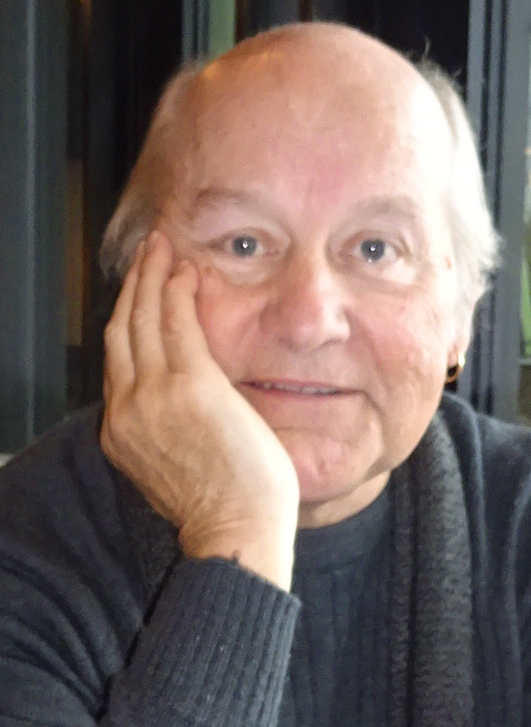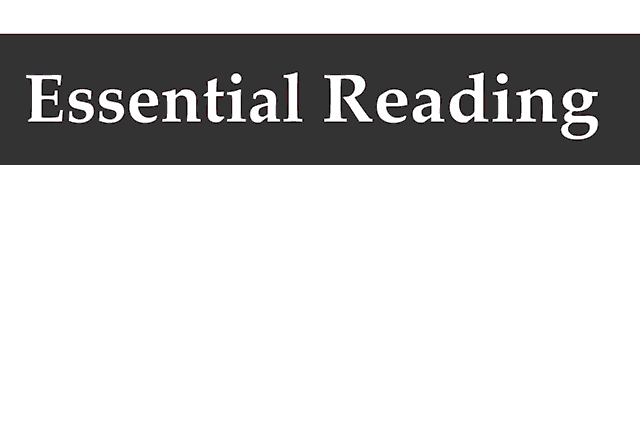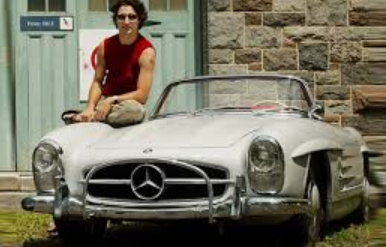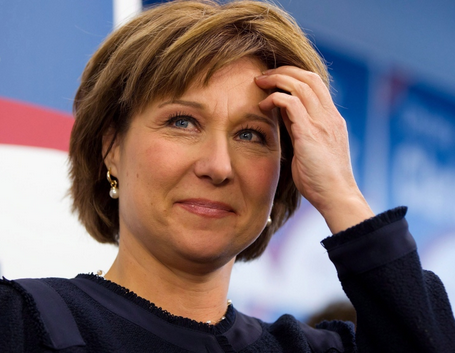January 5th, 2025
BURLINGTON, ON
The polls are not lying. Canadians have decided that they’d like a new PM if not a new government. When Parliament returns on January 27th both the NDP and the Tories are promising duelling confidence motions to bring the government down. If either one of these is successful Canadians will be into a winter/spring election campaign which could last as long as 51days.
Mr. Trudeau is in the driver’s seat at the moment but his options are limited:
- Show up when Parliament resumes and face a non-confidence motion which he’ll lose resulting in an early election – which he also is likely to lose;
- Show up when Parliament resumes and immediately prorogue on the rationale that strong leadership is needed to defend the country from President Trump’s 25% tariff – it’s not the time for an election. Parliament could theoretically be prorogued until the next election date in October; or
- Announce retirement plans and set a date for a leadership convention before Parliament resumes, then prorogue until a new leader is chosen.
The third option, which could come as soon as next week, would allow Trudeau to continue to govern in the interim. The last leadership campaign stretched out for almost two years, but then the Liberals had just come off one of their worst defeats. They had lost their way and fallen to third place for the first time in their history. Plus, initially, there were no obvious or well known candidates to jump into the leadership ring.
Former Environment Minister Catherine McKenna was the first former Cabinet Minister to call for Justin to step down as PM. She argues that a quick leadership campaign is possible. After all, most of the potential candidates are already known, if not household names. Almost immediately after a new leader is chosen he/she would have no choice but to drop the writ. While lacking time to demonstrate his/her leadership in office, there would be the advantage of riding the wave of publicity stemming from the leadership campaign.
As for Mr. Trudeau, he would most likely call it game over in active politics and return to milking the speaking circuit, as he had been so successfully doing before jumping in as Liberal leader. His more distant future might include a spot in the Senate or possibly as Governor General. Or perhaps there is something in the international domain, though a position in Mr. Trump’s inner White House circle is unlikely.
So the question facing all good federal Liberals is…. who would best lead the Liberal party, assuming Trudeau opts for the third option? Front runners include the former finance minister who became a favourite following her act of defiance – quitting her position and refusing to read the fall economic statement. Her response to being dismissed as finance minister was somewhat reminiscent of Jody Wilson-Raybould’s run-in with Mr. Trudeau. Jody put the first dent in his shield of honour and Chrystia shredded his feminist identity.
Though elected as an easterner, Chrystia hails from Alberta, possibly giving legs to any effort to reclaim Liberalism in that province. Still, having been finance minister for the last five years she has to wear last year’s whopping $60 billion deficit. That unfortunate fact would be there in any future campaign.
Eyes have been on former Bank of Canada and Bank of England governor Mark Carney. For a long time now the pundits have been acclaiming him as the PM in waiting. He is clearly a person of considerable experience and knowledge when it comes to the economy. Still one can’t help feeling that his time has already passed. Carney has also been tainted by his close association with the PM.
Melanie Jolie, François-Philippe Champagne and Dominic LeBlanc are all potential candidates. But no matter which one of these well worn Cabinet Ministers throws their hat in the ring, they all come with the perceived baggage of treading in a government well past its due date. It’s not all bad baggage it’s just that the people have spoken – change the channel.
Perhaps a better choice for the party might be a Liberal from outside the Party. Christy Clark was the 35th premier of British Columbia from 2011 to 2017 winning a plurality of seats in two consecutive elections in her province, before finally losing to the NDP.
Liberals in B.C., including Clark, tend to be more like the Progressive Conservatives used to be – more centre right than left. They have even changed their label to United. During the last provincial election the party suspended its campaign and urged voters to support the B.C. Tories.
Choosing a leader somewhere between ultra left Jagmeet Singh and ultra right Pierre Poilievre might be a formula for success in our politically divided Canada. And choosing a leader from the extreme west might be a refreshing change for Canadians tired of the Alberta to Ontario/Quebec divide we’ve seen with the previous two PM’s.
 Ray Rivers, a Gazette Contributing Editor, writes regularly applying his more than 25 years as a federal bureaucrat to his thinking. Rivers was once a candidate for provincial office in Burlington. He was the founder of the Burlington citizen committee on sustainability at a time when climate warming was a hotly debated subject. Ray has a post graduate degree in economics that he earned at the University of Ottawa. Tweet @rayzrivers
Ray Rivers, a Gazette Contributing Editor, writes regularly applying his more than 25 years as a federal bureaucrat to his thinking. Rivers was once a candidate for provincial office in Burlington. He was the founder of the Burlington citizen committee on sustainability at a time when climate warming was a hotly debated subject. Ray has a post graduate degree in economics that he earned at the University of Ottawa. Tweet @rayzrivers
Background links:
Catherine McKenna – Butts – Clark –



















Like it or not PM Trudeau chose Option 3 albeit a year too late. His mia culpa on reversing Electoral Reform is too precious. Over to you Liberal party, time to move to the centre.
The last thing Canada needs is a lame duck government. Like it or not Option 1 is the way to go. Options 2 and 3 are self serving. I would prefer having a say at the polls.